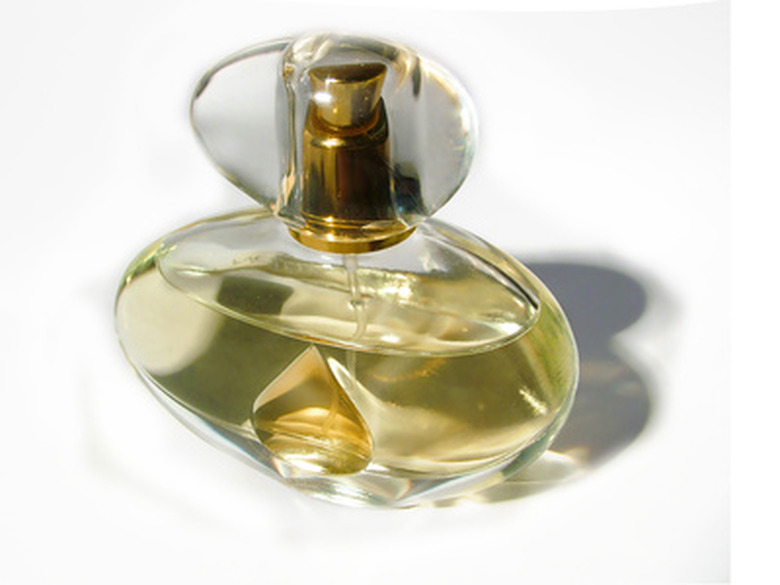What Is The Chemistry Of A Perfume?
Perfumes encompass a wide variety of ingredients, which are tailored for specific occasions and seasons. The history of perfumes goes back 5,000 years to the ancient Egyptians who originally used them in religious ceremonies. Making a perfume requires extensive knowledge in organic chemistry as well as a creative approach to combining disparate extracts into a single perfume with layers of fragrances.
History of Perfume
History of Perfume
Perfumes have their roots in scented gums such as frankincense and myrrh, which were used as incense during religious rituals. The ancient Egyptians also used perfumes during the embalming process. Scented unguents were developed by steeping herbs such as peppermint or flowers such as rose in an oil until the essence was infused. The Romans routinely scented their bathwater. The foundations of modern synthetic perfumes originated during the 19th century with advances in organic chemistry.
Olfactory Structure
Olfactory Structure
Most perfumes are composed of a three-part structure. The "head," also referred to as the "top" note, is the first olfactory impression the perfume imparts. The second is the "heart" note, which is the main fragrance that lasts for several hours. The last is the "base" note, the fragrance which underpins the whole perfume and is comprised of the least volatile chemicals. These make the fragrance last all day.
Ingredients
Ingredients
A perfume consists of 78 to 95 percent ethyl alcohol. Essential oils comprise the remaining ingredients. The staying power of a scent compound in a perfume depends on its rate of evaporation. Perfumes also have different classes of fragrance such as "floral," "woody" or "citrus" notes. Modern perfumes contain many synthetic compounds that are altered to give them unique characteristics such as increased odor. Some common plant sources for scents are cardamon, jasmine, lavender, sandalwood and nutmeg. Animals sources such as musk were once common ingredients but are no longer used for ethical reasons.
Perfume Making
Perfume Making
A variety of methods are employed in perfume manufacturing. Distillation involves heating materials containing fragrant chemicals and condensing them into a vapor that is then collected. Another technique is maceration, where raw ingredients are soaked in water, oil or a solvent to draw out the fragrances. Expression involves compressing materials and squeezing out the aromatic oils. "Enfleurage" is two-step process of drawing out a fragrance into a fat or oil base and then extracting it with an alcohol.
Health Issues
Health Issues
There are more than 3,000 base ingredients that manufacturers draw on to make a perfume. Many compounds in perfumes are synthetic such as galaxolide (a synthetic musk) and diethyl phthalate, a plasticizing agent. Continuous exposure to chemicals is unavoidable in a perfume, as they are in direct contact with skin and readily absorbed. According to the advocacy group Campaign for Safe Cosmetics, many perfumes on the market contain agents that cause allergies, dermatitis and hormone disruption, among other adverse physiological effects. Current Federal laws do not require the disclosure of any of these chemicals as a listed ingredient.
Cite This Article
MLA
Conceicao, Peter De. "What Is The Chemistry Of A Perfume?" sciencing.com, https://www.sciencing.com/chemistry-perfume-6869966/. 24 April 2017.
APA
Conceicao, Peter De. (2017, April 24). What Is The Chemistry Of A Perfume?. sciencing.com. Retrieved from https://www.sciencing.com/chemistry-perfume-6869966/
Chicago
Conceicao, Peter De. What Is The Chemistry Of A Perfume? last modified August 30, 2022. https://www.sciencing.com/chemistry-perfume-6869966/
